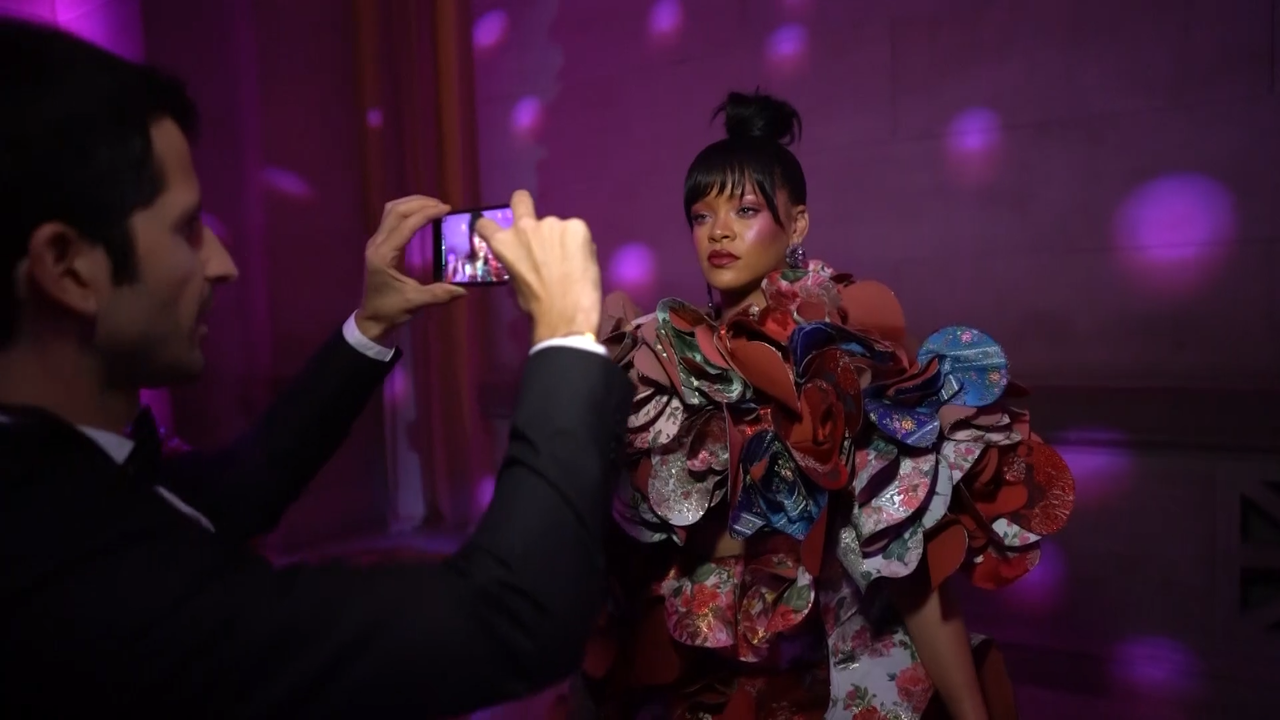Rihanna's Fenty fashion line flops, resulting in significant financial losses for the pop star. A rare business failure in her portfolio.
When a Luxury Bet Doesn’t Pay Off: What Rihanna’s $36 Million Loss Reveals About Modern Celebrity Empires
In business, even the most charismatic founders encounter ventures that refuse to bend to their vision. Rihanna, a billionaire entrepreneur with one of the strongest beauty and lingerie portfolios in the world is no exception. Her setback in luxury fashion doesn’t weaken her overall empire; instead, it clarifies what kind of business she’s actually building and who she trusts to build it with her.
For a figure whose every product drop becomes a cultural moment, the closure of her Fenty ready-to-wear line offers a rare window into the limits of star power and the discipline required to run a global brand ecosystem.
Why the Luxury Fenty Experiment Fell Short
High fashion is a notoriously unforgiving industry. Even houses with decades of heritage stumble, so the expectations placed on a new celebrity-led label were always going to be heavy.
Rihanna’s ready-to-wear line launched under the umbrella of LVMH the world’s largest luxury conglomerate and both sides invested deeply. Corporate filings show that she poured tens of millions into the venture, mirroring LVMH’s commitment. The intent was clear: create a luxury maison with Rihanna at the helm, not just another celebrity capsule collaboration.
But building a fashion house from scratch requires timing, sustained capital, and constant physical oversight. The pandemic disrupted every one of those pillars. Travel restrictions limited her ability to be in Paris workshops. Supply chains slowed. And the customer base for ultra-premium pieces became narrower at the exact moment the brand needed rapid scale.
Fenty Fashion wasn’t creatively weak it was operationally mismatched to its environment.
The Business Brain Behind Rihanna’s Brand Machine
What distinguishes Rihanna isn’t just taste; it’s the infrastructure she’s built around herself.
Her business empire is supported by:
• LVMH and Kendo, who co-develop and distribute Fenty Beauty, giving the line massive global reach.
• Tech-forward retail partners like Amazon Fashion, who support Savage X Fenty’s aggressive e-commerce expansion.
• A seasoned executive team, including CEOs and brand operators who handle the day-to-day financial and logistical decisions behind her labels.
She acts as founder, creative force, and strategic gatekeeper — but she’s not running these businesses alone. What she has is the rare ability to hire operational specialists who can turn a cultural idea into a scalable, revenue-generating structure.
That’s why her empire didn’t collapse when the fashion line faltered; it simply recalibrated.
What Rihanna’s Response Tells Us About Modern Brand Strategy
Shutting down the ready-to-wear line wasn’t a defeat. It was a decision that many CEOs — outside the glow of celebrity — would frame as routine portfolio optimization. If one limb weakens the balance sheet, you strengthen the core instead.
Instead of doubling down on a volatile luxury sector, Rihanna redirected focus to:
• Beauty, where margins are high and her innovations continue to outperform competitors.
• Skincare, a category with durable demand and cross-demographic appeal.
• Lingerie, where Savage X Fenty’s inclusive sizing and strong digital presence keep its commercial engine humming.
These are the areas where her brand has real, defensible equity: accessibility, inclusivity, and everyday relevance. Luxury fashion, by contrast, demands a level of exclusivity that didn’t align with the rest of her commercial identity.
What Happens Now?
Rihanna hasn’t hinted at abandoning fashion entirely. But her future in the sector will likely look different: lighter, more flexible, and more aligned with lifestyle than haute couture. Capsule runs, collaborations, or experiential projects are more compatible with her existing model — high-impact, low-risk brand extensions.
In many ways, her handling of the Fenty Fashion closure reinforces the maturity of her leadership. Rather than pouring more capital into a structurally stressed venture, she kept the broader empire stable. That alone is a decision most CEOs would recognize as a win.
The Larger Lesson: Celebrity Alone Doesn’t Build a Sustainable Business
If Rihanna a billionaire with global brand equity can face a $36 million loss, it’s a clear reminder that success in one sector doesn’t immunize a founder from risk in another. Celebrity founders still face the same challenges as any entrepreneur: mismatched markets, capital pressure, timing, and operational complexities.
What separates strong founders from fragile ones isn’t perfection it’s their ability to absorb a hit without losing momentum.
Rihanna did exactly that.
FAQ:
Why did Rihanna’s luxury fashion line struggle financially?
High-end fashion has thin margins, long production cycles, and requires constant founder involvement. Pandemic-era constraints, pricing challenges, and market timing hindered the brand’s ability to scale sustainably.
How is Rihanna’s brand ecosystem structured today?
Her empire leans on a combination of LVMH partnerships, executive operators, and strong retail integrations. Beauty and lingerie remain the financial backbone of her portfolio.













